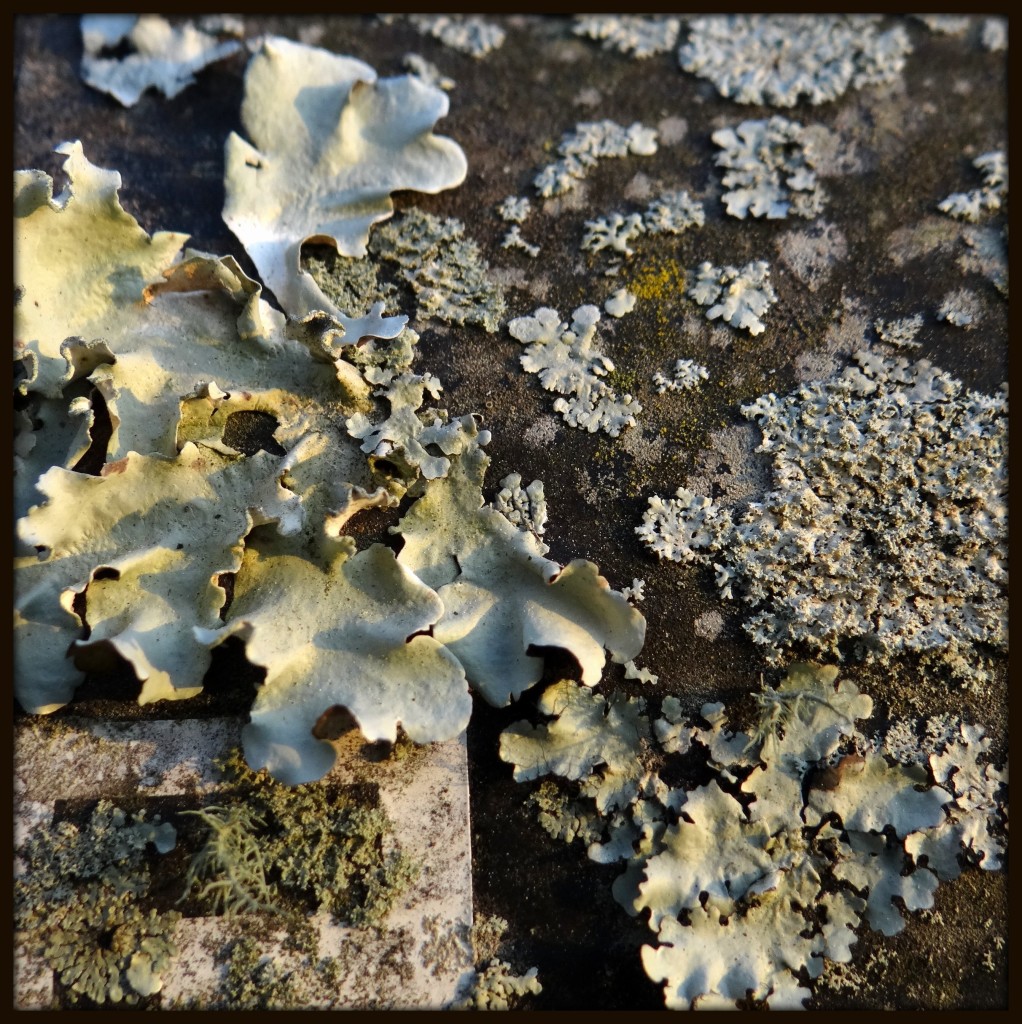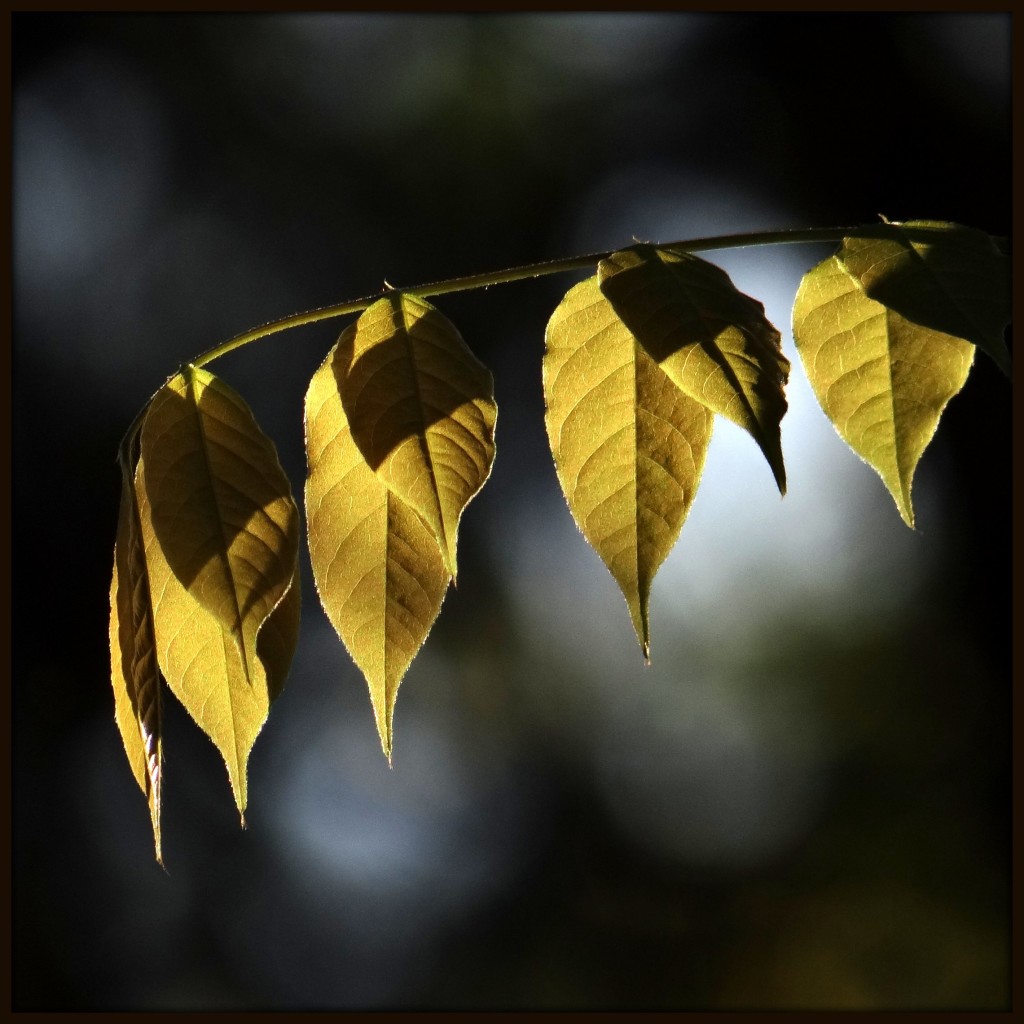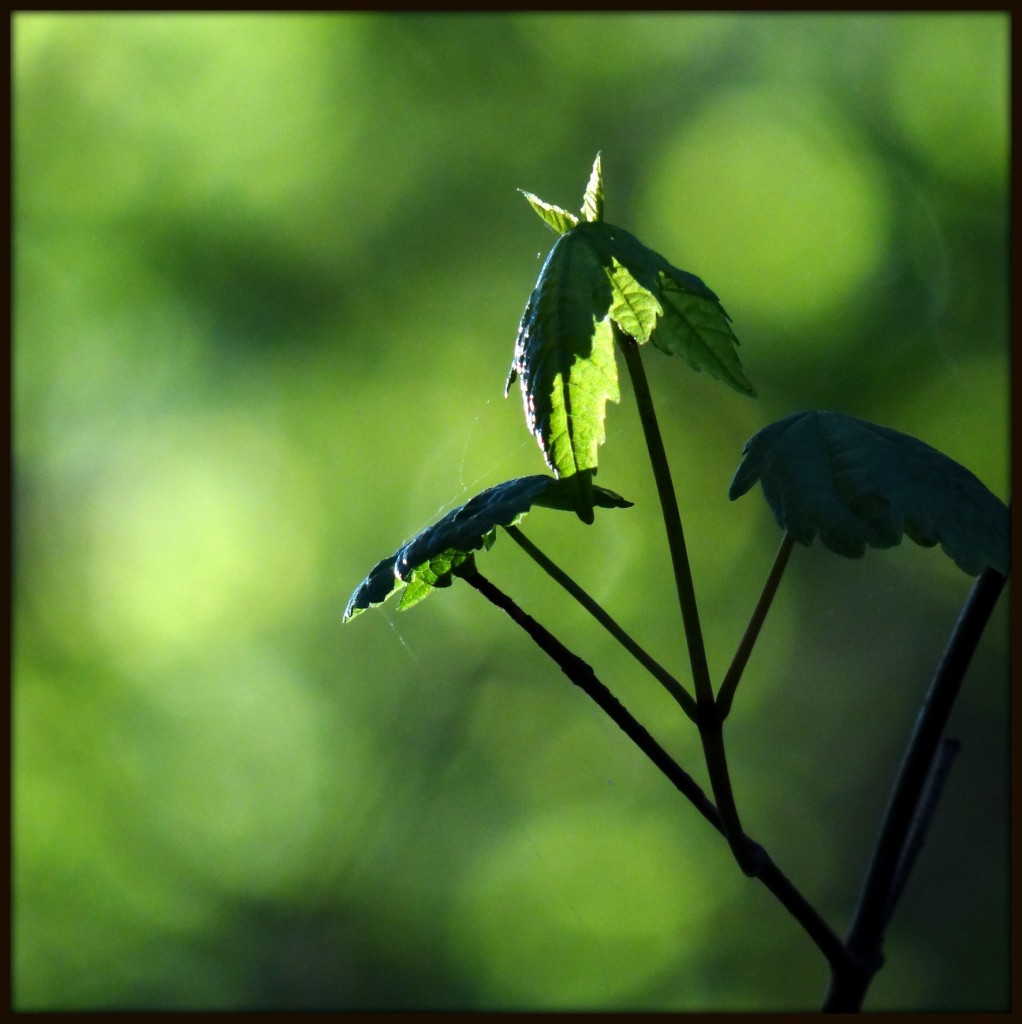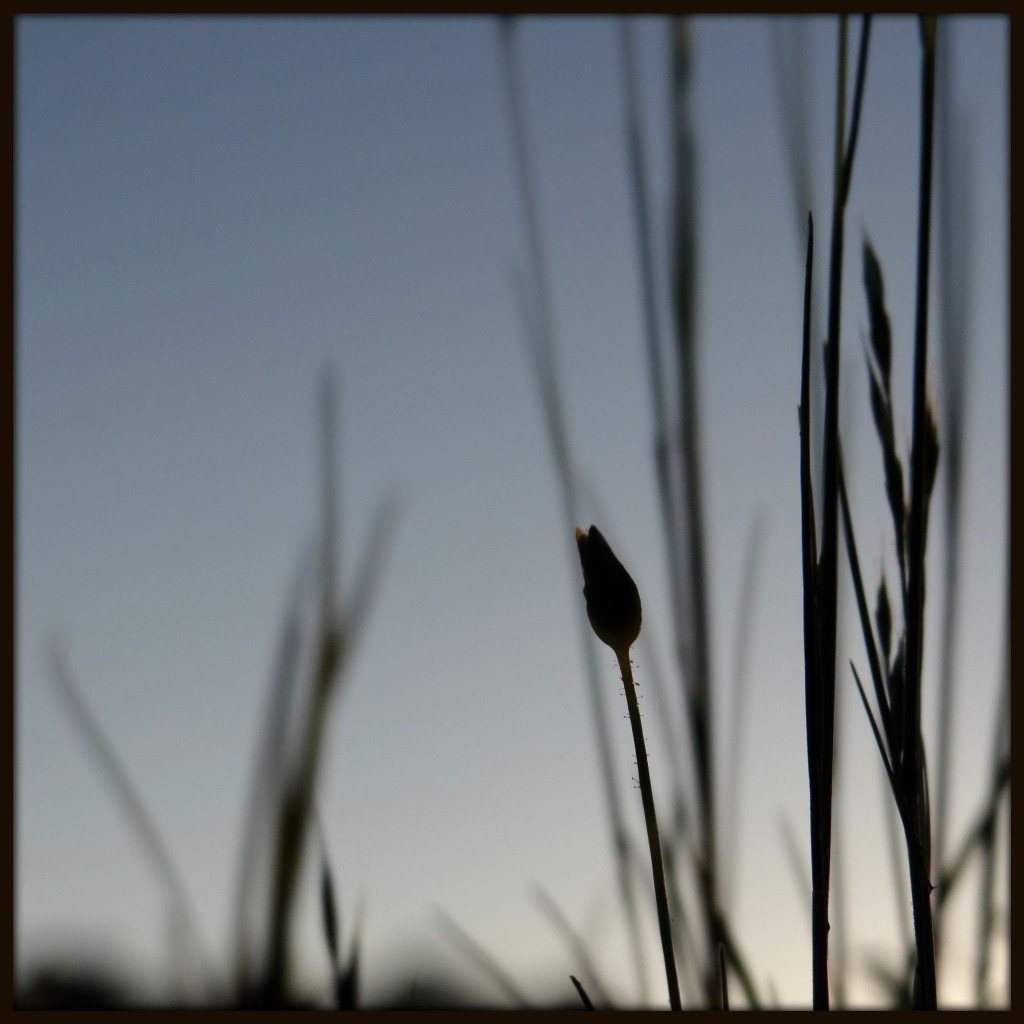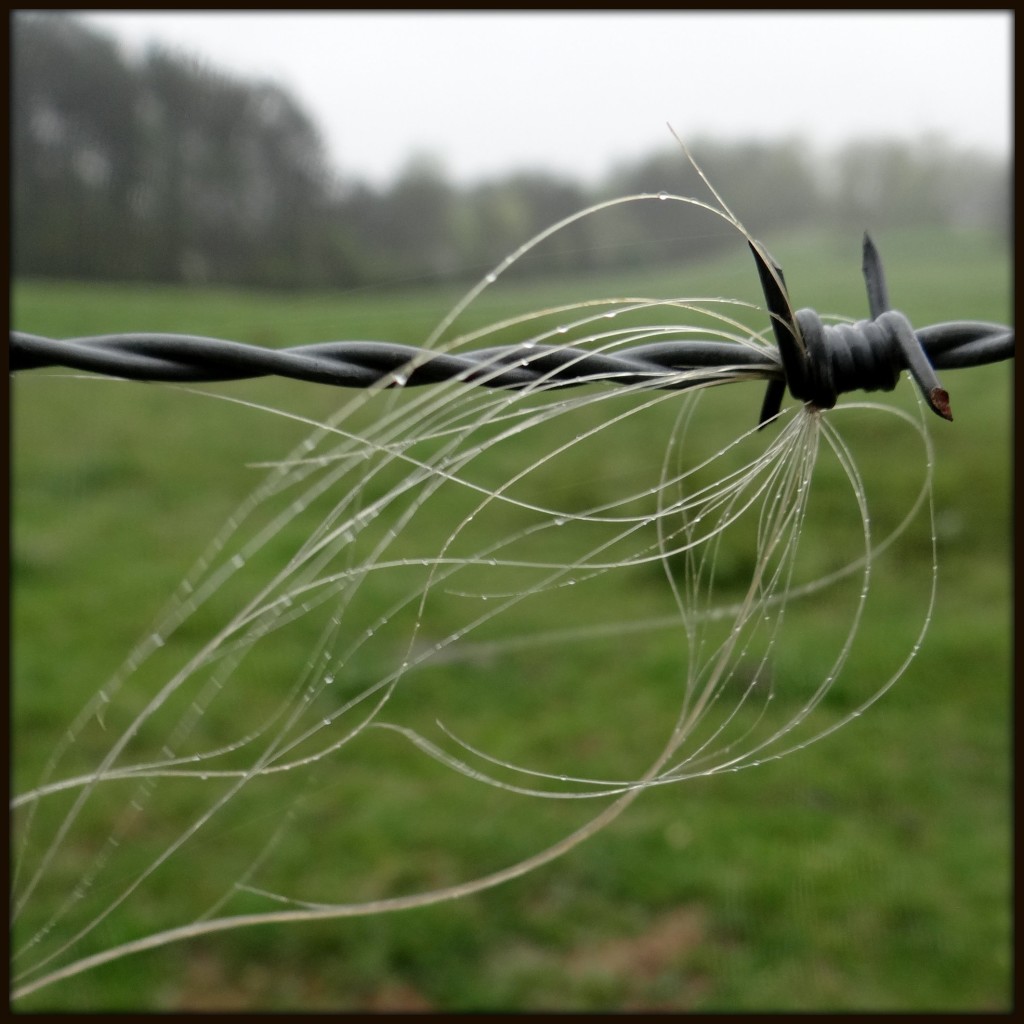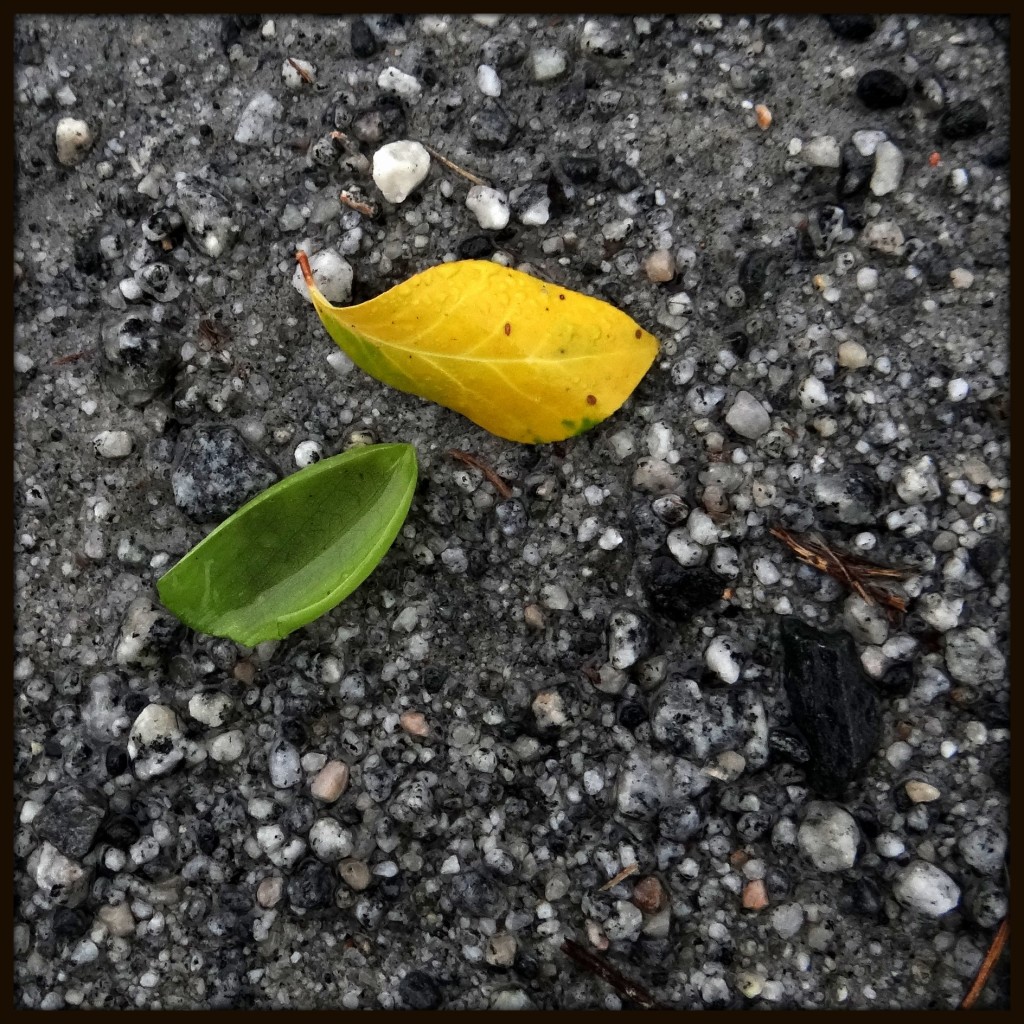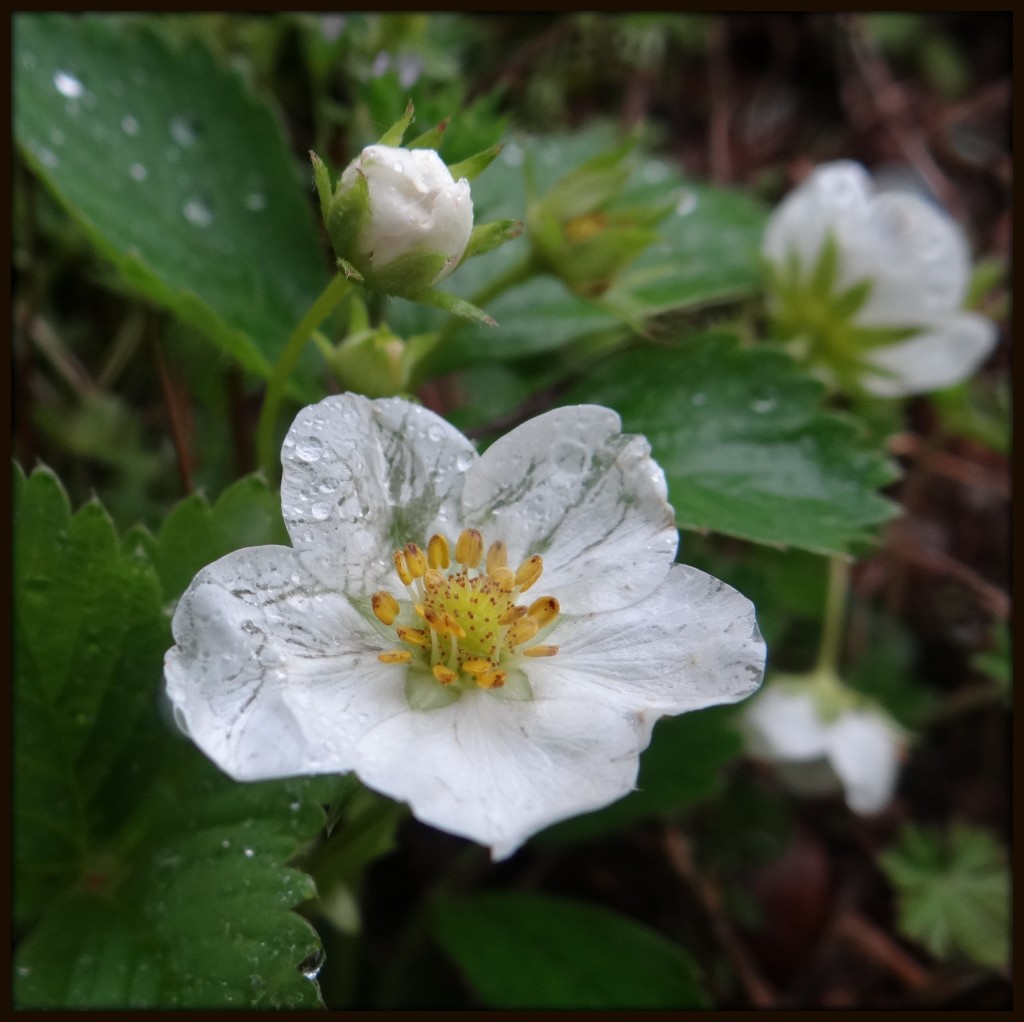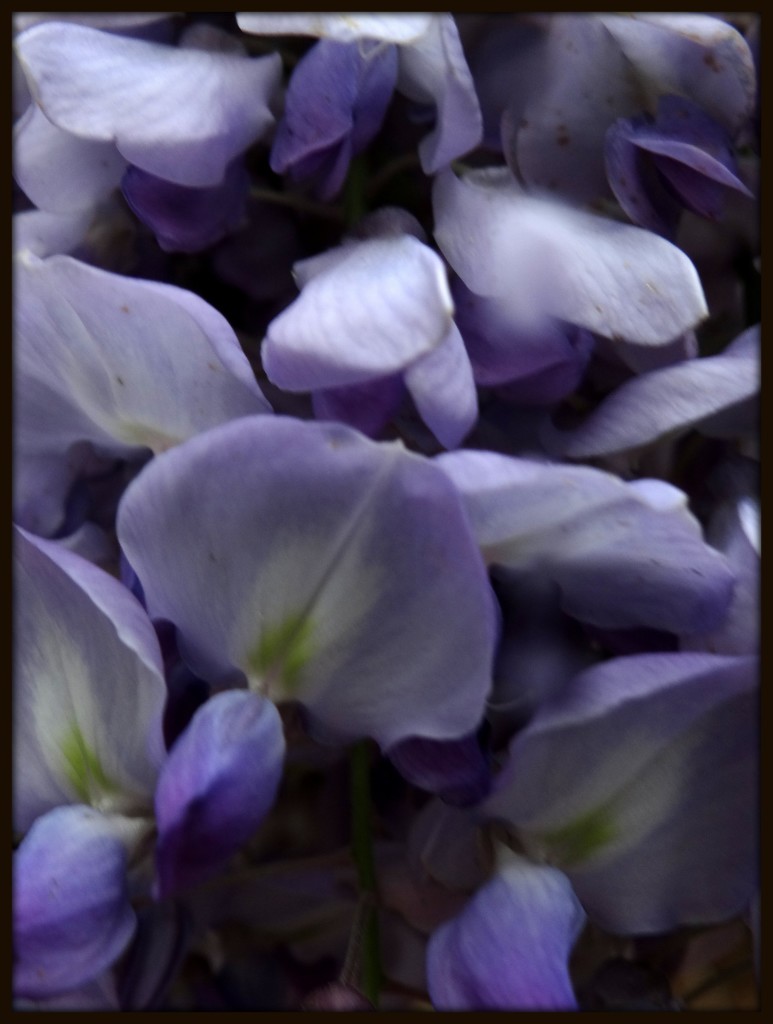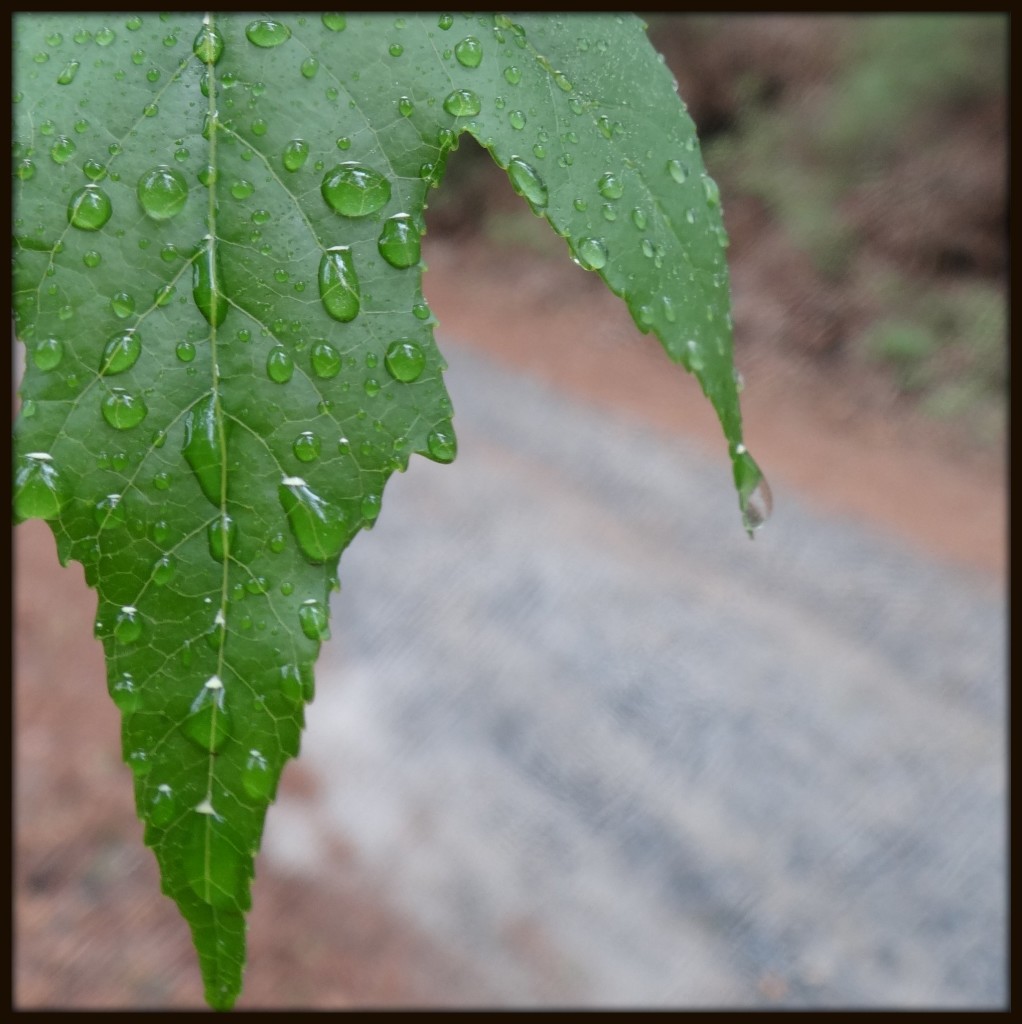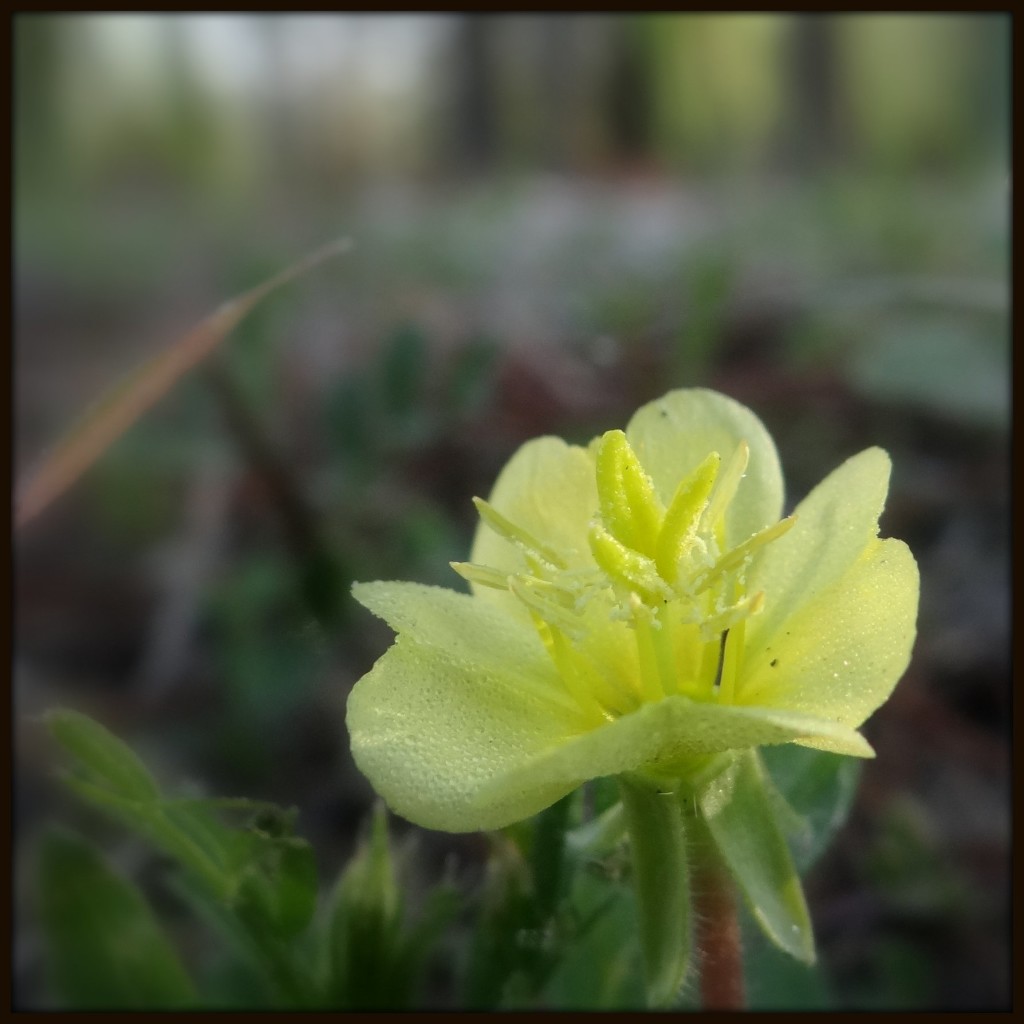Since I began this project over 100 days ago, I have photographed one subject far more than any other: a black metal mailbox with one side covered with lichens, located about halfway down Piney Woods Church Road. I am quite fond of lichens, and have even gone on several field excursions with a renowned lichenologist, Sean Q. Beeching. I have seen many lichens covering tree branches, growing on rock, and even living deep within some rocks. But I have never seen lichens covering a metal object before. It was enough of an oddity that it captured my attention early on in the year. Knowing it would make a worthy image, I would often stop to photograph it just in case none of my other images for the day worked out. Each time I would take maybe three or four photographs of the same mailbox, from different camera positions and orientations. Yet I always found something else to celebrate that day, and the lichens were always left behind. Today, it seems fitting to pause and appreciate them. I admire their tenacity for managing to get a toehold on this mailbox, and enduring in all sorts of weather. And I thank the mailbox owner for letting them be, rather than scraping them off and painting over the metal, or replacing the mailbox with a shiny new one. These lichens greet me everyday as I pass them, and I am grateful for their presence on my journey.
